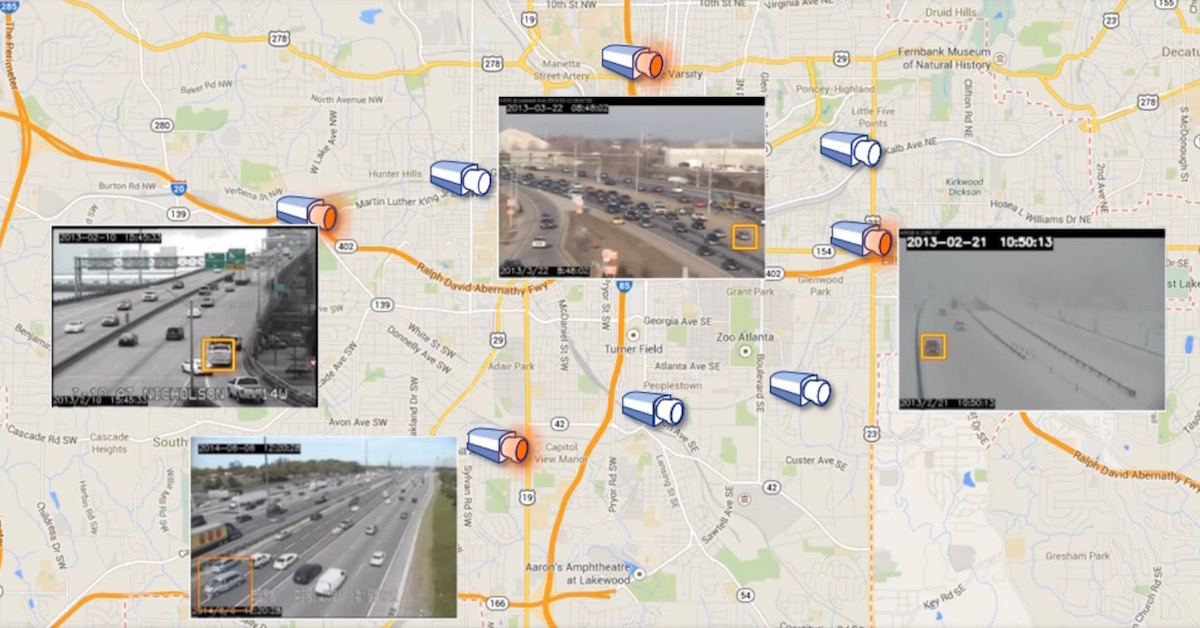Urbanization drives need to run cities more efficiently
Urbanization is a trend that is increasing globally. The United Nations Department of Economic and Social Affairs estimates that as many as 60% of the world’s population will live in urban areas by 2030. With more dense populations and a need to maintain quality of life, cities are leveraging advancements in technology to make cities smarter and more efficient. One such technology used by cities is Smart Traffic Management; a solution that involves capture, storage, and processing vast amounts of data. Informed by trends such as this, IDC now predicts there will be 163 zettabytes (ZB) of data in the global datasphere by 2025 — a ten-fold increase over what was created in 2016.
Data-use is shifting from applications that improve quality of life to ones that are life-critical, as cities increasingly rely on the services they deliver. Click here to learn more about how data affects life-critical tasks. Then below let’s dive deeper into how Smart Traffic Management software generates mission-critical data that enables municipalities to operate in a safer, more efficient environment.
Cities turn to AI and sensors
Let’s first spend a moment to consider the growth of the Internet of Things (IoT) in our environment. Just as individuals flock to AI products like Alexa for weather and news information, cities are turning to connected devices to gather data and glean insights about the status of numerous factors important to efficiently serving the needs of citizens. The rise of low-price sensors are enabling more effective ways to monitor and actively manage traffic using real-time data. Advances in machine learning are giving city workers greater insight about urban-related problems, and metadata generated by these technologies enable city workers to make more immediate and well-informed decisions. Finally, developments in cloud and edge data centers have decreased the cost of storing the vast amount of information generated, while also making the data more readily available for analysis. Big data technologies are transforming the very nature of how cities operate.
One of the most significant challenges cities of the future will face involves moving people and goods efficiently. USA Today reports that in 2016 alone, traffic congestion cost U.S. motorists almost $300 billion in wasted time and fuel. City leaders are also exploring new ways to prevent life-critical problems that come with higher density and congestion — issues like higher numbers of accidents and longer emergency response times. To combat both of these pressing issues, cities aim to utilize data collected from commuter smartphone data (through apps like Waze) and from traffic cameras in order to get real-time information about the condition of their roadways.
More accidents, longer response times — Kansas City uses TrafficVision to ease problems with congestion
Kansas City has over 300 CCTV traffic cameras deployed along its highways, and the video streams are monitored by only three operators — an unmanageable task. To increase effectiveness, the city deployed an image-processing solution from TrafficVision to more effectively collect data and detect traffic incidents in real time. The solution presents traffic information in a web interface and then the information is captured for database storage, analysis, and reporting. The software identifies relevant incidences including wrong-way drivers, current accidents, and debris on the road, and sends the video clips to the cloud.

On average, cameras equipped with TrafficVision enable incidents to be detected 14 minutes faster than operators monitoring cameras without this software. This allows operators to quickly send emergency response teams to the scene of an accident, aid and assist, and to notify other vehicle operators of hazards or help reroute traffic as necessary — making roads safer and more efficient for the public.
“We know how critical data is becoming, and our TMC software enables departments of transportation to analyze traffic data and incident alerts in real time. Traffic management center workers are able to make immediate and well-informed decisions, and reduce response time to critical issues on roadways. Additionally, engineers can review traffic trends and view historical data in previous incidents, leading to better designs in the future.” — TrafficVision
Without new IoT infrastructure, congestion and hazardous conditions will get worse
If city infrastructure does not adjust to population growth, congestion and hazardous conditions in urban areas will continue to get worse. The IoT, including a variety of sensing technologies and highway cameras, must be utilized if cities of the future hope to adapt. IoT can be useful to municipalities to learn about traffic patterns and thus to more effectively plan ahead for infrastructure upgrades, and intelligent traffic management systems use real-time data to reduce the negative impact accidents have on the health and safety of the public, as well as to improve daily traffic flow.
As the number of real-time video streams increases, as higher-resolution video boosts the raw data available with each stream, and as the demands of analyzing this ever-increasing data intensifies, so does the need for a robust, mature cloud and data-center infrastructure that allows for fast and secure data capture, management, storage, retrieval and analysis. In the new data age — an era of massive data growth — the need to store, organize and access unstructured data is critical, especially for applications such as traffic management and accident prevention.






